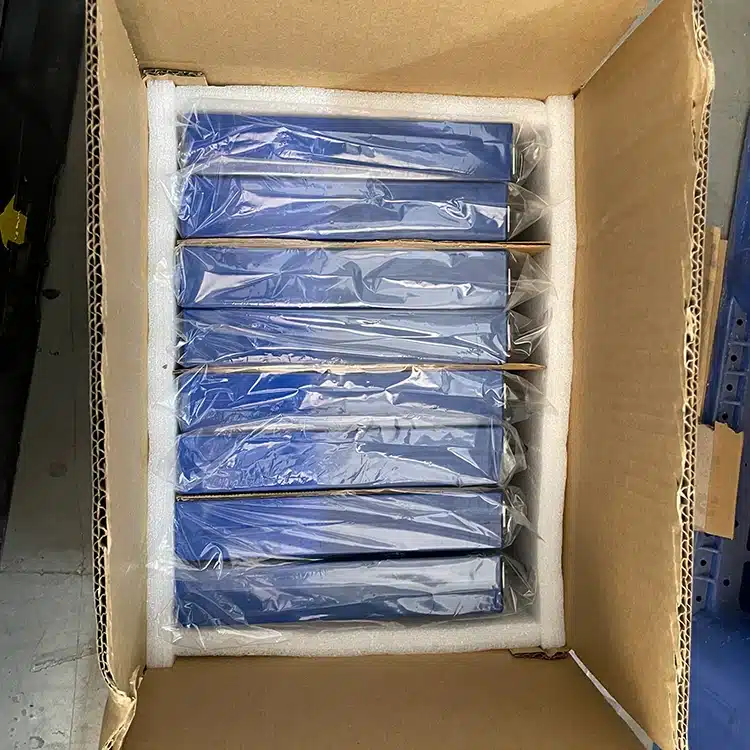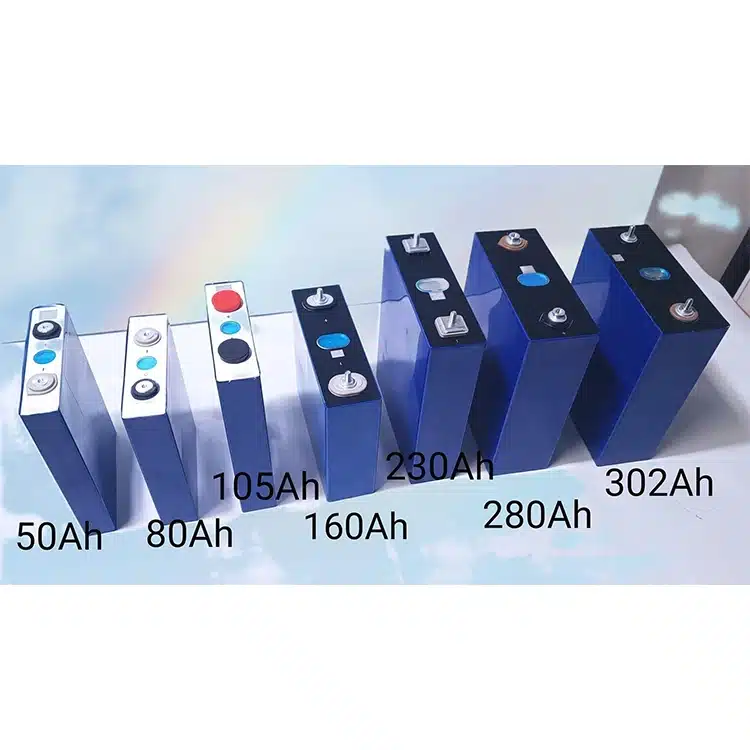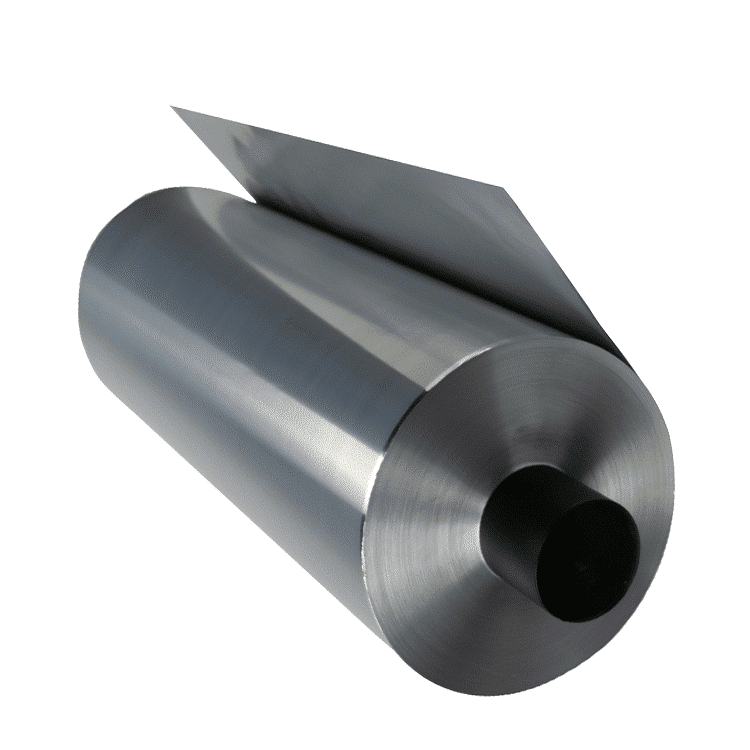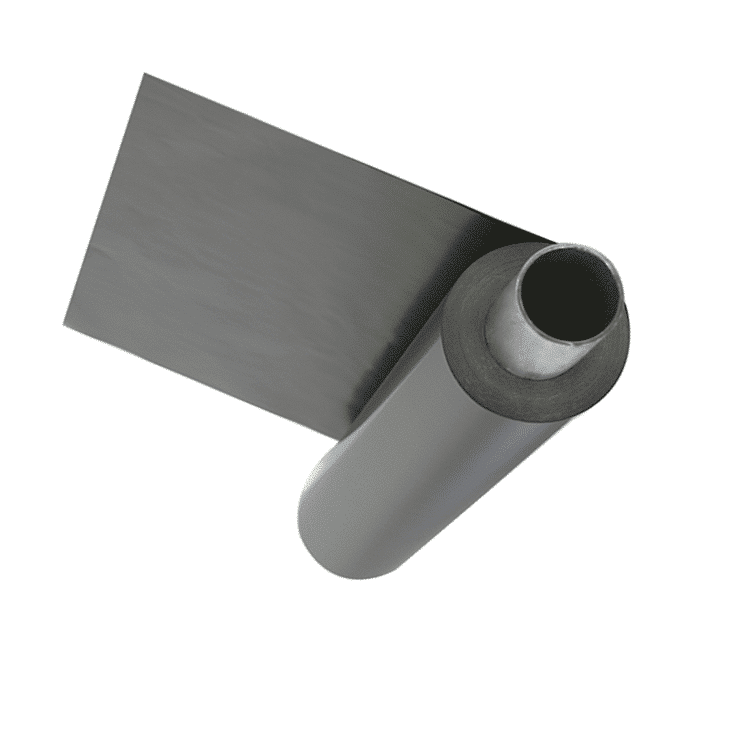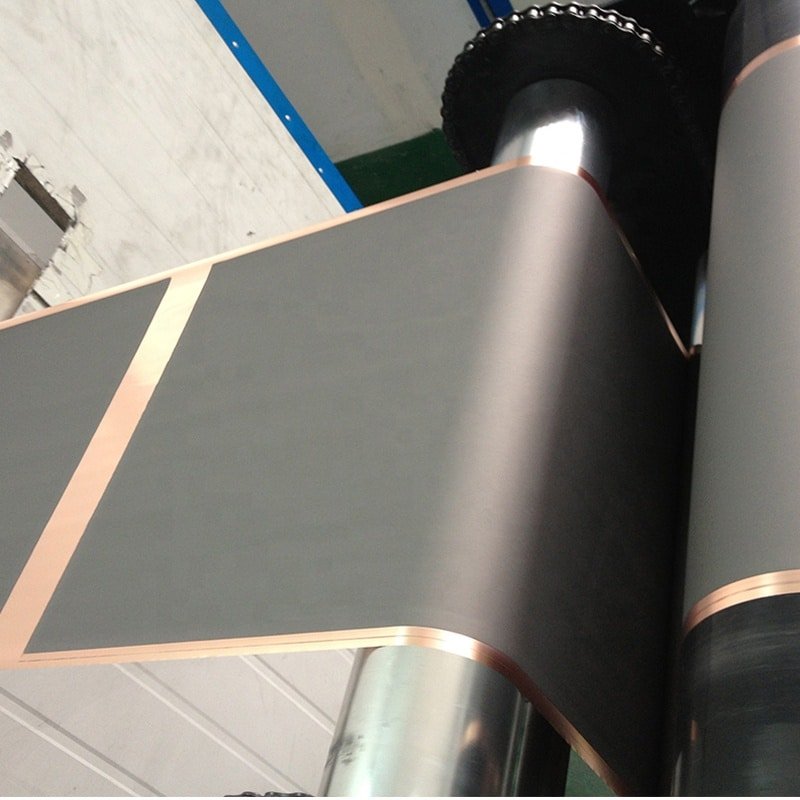Introduction
Aluminum foil has become increasingly prevalent in lithium-ion battery applications as both a positive current collector and barrier layer for soft-packaging aluminum-plastic films. As the lithium-ion market grows, so has aluminum foil’s consumer market.
Aluminum foil is widely used as both a positive current collector and barrier layer when soft-packaging aluminum-plastic film in lithium-ion batteries. As this market grows, so too has its demand for aluminum foil as current collectors; currently their thickness has decreased from 16mm in previous years to 8mm.
Aluminum Foil Cathode Current Collector for Li-ion Batteries
Current collectors serve primarily to provide electrochemical reactions with electronic pathways, accelerate charge transfer, decrease electrochemical polarization and enhance charging and discharging efficiency; occasionally they participate in lithium insertion/extraction reactions as well. Aluminum foil current collectors outshone copper foils under comparable conditions when it came to electrochemical performance and morphological structure changes, offering superior electrochemical and morphological structure changes respectively. Aluminum foil makes an excellent cathode current collector due to its lack of corrosion and stable polarization current. Furthermore, its lithium insertion capacity is extremely small making aluminum foil an excellent choice as a cathode current collector.
Aluminum Foil serves as a barrier layer of soft-packaging materials for lithium-ion batteries.
Flexible packaging technology is one of three packaging techniques for lithium-ion batteries, but due to direct contact between flexible packaging materials and internal materials of batteries, stringent requirements exist regarding their use. 1) Extremely high barrier properties – Poor barrier properties can significantly decrease lithium-ion battery specific capacities, cause the batteries to bulge, shorten cycle lives and electrochemical performance and even lead to failure in extreme cases. (2) Outstanding cold stamping formability. Excellent cold stamping formability ensures that sealed battery cells after packaging will have uniform regulation with smooth surfaces and firm packaging for efficient performance.
Aluminum foil is widely utilized as a high-barrier packaging material due to its exceptional water and oxygen resistance, serving to physically block external water and oxygen from entering battery cells. Furthermore, the metal material itself has certain elongation and tensile strengths which satisfy cold stamping requirements; choosing soft aluminum foil of appropriate thickness meets both criteria perfectly.
Aluminum foil also finds applications in lithium-ion batteries.
To reduce their weight, some square lithium-ion batteries have adopted aluminum cases instead of stainless steel cases; lithium-ion tab batteries typically employ aluminum foil with thickness 0.1mm for better weight reduction.
Conductive coating for aluminum foil used as current collector
Due to application limitations, aluminum foil has not seen significant technological progress as battery tabs and barrier layers; however, as a positive current collector it has made substantial strides forward with coating processes for positive current collectors. Conductive layer coating has the capability of improving aluminum foil’s surface roughness while decreasing wetting angle and adhesion – increasing active material adhesion on current collectors more securely, thus achieving reduced contact resistance, polarization resistance, internal polarization reduction, as well as improving battery rate and cycle performance. Current examples include surface-coated carbon coating, graphene coatings, carbon nanotube coatings and composites as conductive coating materials.
Carbon coated aluminum foil
Lithium iron phosphate batteries use aluminum foil positive current collectors with poor adhesion between active material and internal resistance and polarization, which reduces cycle life significantly. By coating aluminum foil surfaces with carbon layers, contact between positive current collector and active material can be effectively improved, optimizing performance of lithium iron phosphate batteries while increasing cycle life. At the same time, coating lithium iron phosphate particles with carbon can create an electron conductive layer to improve electron transport efficiency and decrease oxidation and corrosion of current collectors.
Graphene coated aluminum foil
As a novel form of carbon material, graphene is an attractive solution as a conductive carbon material. Composed of carbon atoms arranged in honeycomb-shaped sheets on two dimensions, its unique two-dimensional structure greatly increases specific surface area and electrical conductivity. As a coating material, its thinner and more viscous formulation makes graphene an effective choice to minimize expansion/detachment issues after coating of active materials.
Carbon nanotube-coated aluminum foil
Carbon nanotubes are widely regarded as an ideal coating reinforcement material due to their unique nanotube-like structure and excellent electrical and thermal conductivity. Carbon nanotubes’ large specific surface area allows lithium ions in batteries to adsorb on them more quickly for improved battery contact, as well as to decrease interfacial resistance between traditional current collector aluminum foil and active material by effectively decreasing interfacial resistance while simultaneously increasing wetability of active material.
Aluminum Foil with composite coating
Aluminum foil coated with multiple materials, such as graphene-carbon nanotube composite coating or carbon black/graphene composite coating can improve interfacial conductivity and adhesion between current collector and active material, improving battery performance. Meanwhile, carbon black/graphene composite coating compensates for graphene’s weak interlayer conductivity by creating a better conductive network between current collector and active material, increasing performance even further.
According to data collected by NSfoil, 300-450 tons of battery foil are required per gigawatt hour (GWh) of ternary batteries; 400-600 tons are needed per gigawatt hour of lithium iron phosphate batteries; however due to using aluminum foil as both cathode and anode material in sodium-ion batteries, 700-1 Tons will be consumed per gigawatt hour by this technology alone; with widespread application and commercial usage reaching over 1 Million Tons by 2025 it’s expected that consumption of battery grade aluminum foil will surpass 1 Million tons!

